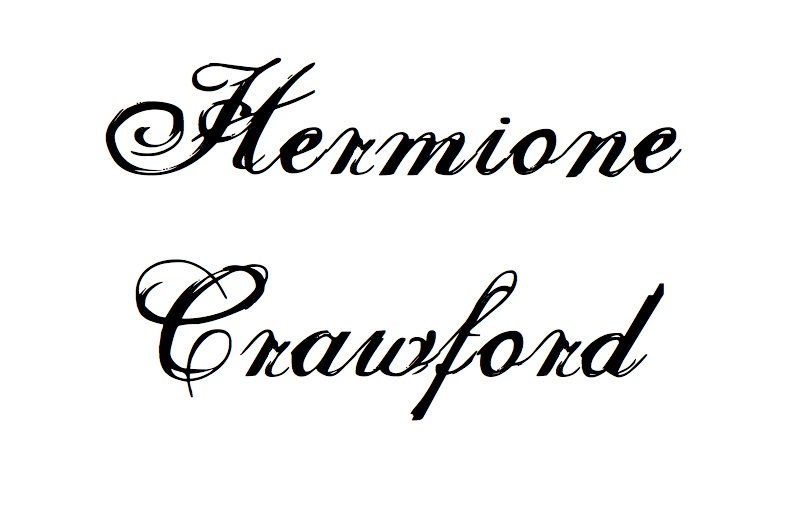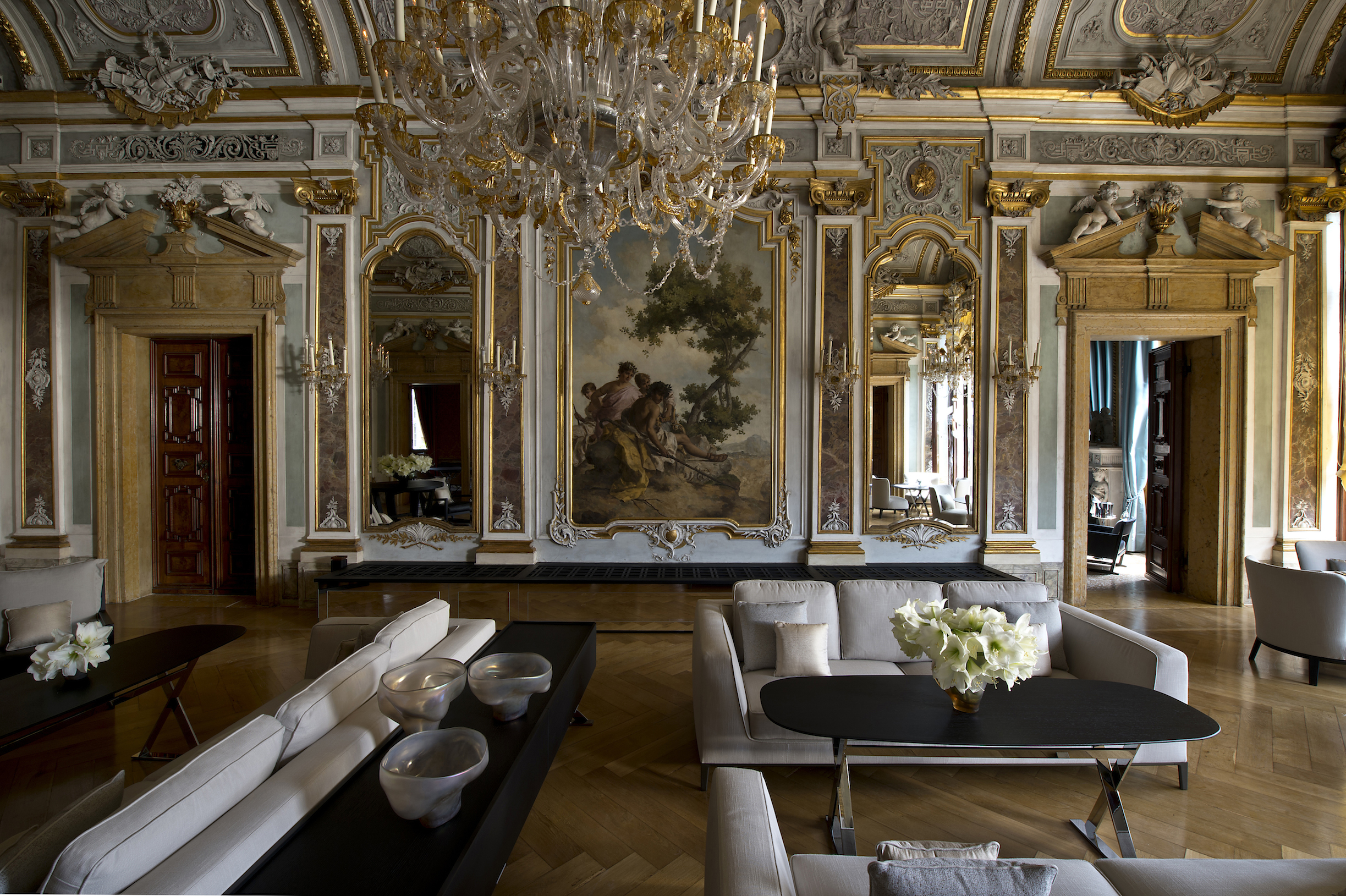Jean-Michel Gathy describes himself as the ‘spoiled kid of the hotel industry’. With his firm Denniston he has designed for nearly every major super-luxury hotel brand you can think of, from Banyan Tree to Aman via Mandarin to One&Only. Here the multi award-winning French-Belgian architect describes what luxury means to him and how he fulfils the briefs of some of the most demanding clients in the world.
How did you end up being the go-to architect and designer for some of the top luxury hotel brands in the world?
Luck and opportunity. I met Adrian Zecha, then Chairman of Amanresorts, who gave me the chance to design the Amanwana in Indonesia [in 1993]. I discovered I really liked designing luxury hotels. It went on from there: the more you design the more people want you to design. I’m not necessarily the best but I’ve got more experience than anyone else in the niche of super-luxury hotels. It’s like a top cardiologist: there might be other doctors as good but why would you risk going to an unknown when you have one with a proven track record? I’m basically the spoiled kid of the hotel industry! Also, I am someone who loves luxury. I like top class things – watches, art, design and so on. I like beauty, I like what is unnecessary: that extra thing.
Do you think the fact you have a European background but live in Malaysia helps your designing?
It’s a great strength. I have a classical European education and values – understanding the need for high quality materials and craftsmanship for example – tempered with a lot of exposure to Asian hospitality and their understanding of design. It’s about layers: in Europe we use a wall to separate two rooms. In Asia however we use screens. It’s an interruption to the room but with a feeling of vistas, and gives luxury through size. You still have two rooms but this way is sexier. You then enhance it with lights and textures and so on. This is simply the way I design and it works very well in this market: the rationale of a European architect but the fluidity of Asian layering.
What are the key components of luxury and luxury design?
I would say service, space and time, which together bring exclusivity. You must feel that you are ‘the one’. It flatters the ego. You also need to feel there’s lots of space – the foot of the bed isn’t two feet from the window, the loo is separate to the bathroom. However – you can use the best materials in the world, it can look gorgeous, but if the experience isn’t pleasant, if you are not made to feel that your time there is valuable and important, no-one will come back.
Your projects look completely different to each other. How do you create this difference while still maintaining the haute standard?
It’s about taking the essence of the physical and intellectual environment. The Chedi Muscat is designed like an oasis in the desert because that’s where it is. The Aman Canal Grande Venice is totally different because it has a different physical and historical environment.
Denniston do the architecture and interior design. Do you think this holistic approach helps the finished product?
Absolutely. For about 80% of our projects we do it all – design, interiors, landscaping. A large number of architects just design buildings, not what is inside. There are always hiccups with where beds and windows are positioned relative to each other, access and so on. When you do it all you can synchronise it. For example you make sure you can look out of the window when you are lying in bed and you make sure the landscape is designed to be seen from that window. It’s seamless. It’s also super-important as it gives it that wow factor.
Is there an element of hotel design you particularly enjoy?
Water. In hotels it’s paramount. It gives reflections, movement, noise – it changes constantly and humans love watching it. It fascinates like fire. At night it really comes into its own: you can no longer see the landscape so water, which reflects the lights of the building, gives depth to the view. It’s also a sound: it can be calming or lively but it also covers up other noises, like people having drinks on the terrace.
You have a very demanding clientele: some of the most high-end hotel brands in the world whose guests are used to, and expect, the best. Does the pressure ever get to you?
Of course! You simply cannot fail. You will always find me running, all the time. Yesterday I was in London, next week I am in China, today I have to go to Dubai. ‘No’ does not exist in my world – you are dealing with top people. It’s super-pressuring but I love it. If you can’t do it, don’t design luxury hotels.
What projects do you have coming up in 2015?
Only a couple: Park Hyatt and Andaz, both in Sanya, China. But in 2016 I have 12 hotels launching. It seems to go in waves – I launched nine hotels in 2013. I can’t tell you where they all are – some are very secret – but they include Mandarin and Raffles in Bali, Amans in Portgual, France and Gabon, a Cheval Blanc in France, Bellagio in Bombay, Lux in Ajhman plus Jumeirah and One&Only. The China hotels have been a challenge: high-end luxury hotels are a new concept for the country.
Describe your style?
A writer once said my hotels are like me: sometimes dramatic, sometimes intimate but always charismatic. And you’ll always feel comfortable!
Do you have a favourite building?
I think the pyramid outside the Louvre is the most daring and subtle piece of architecture I’ve ever seen. For IM Pei to put that there – the most famous museum in the world, at the axis of the neoclassical Champs Elysées – it’s so brilliant. The pyramid is the most ancient architectural shape but here it is so modern.
Do you have any architects or designers you admire?
Lots! I love Geoffrey Bawa, Ieoh Ming Pei and Tadao Ando. I am very attracted by design that makes sense, not abstract architecture. It makes me think, “be serious please.”
What is your home like?
It’s a place where I put my art! I have hundreds of pieces – too many things. It’s beautiful but not something I would build myself – it’s rented. Will I build my own home when I retire? No, because I don’t think I’ll ever retire!
This feature was written for the architecture and design website Arkitexture.








Room dividers